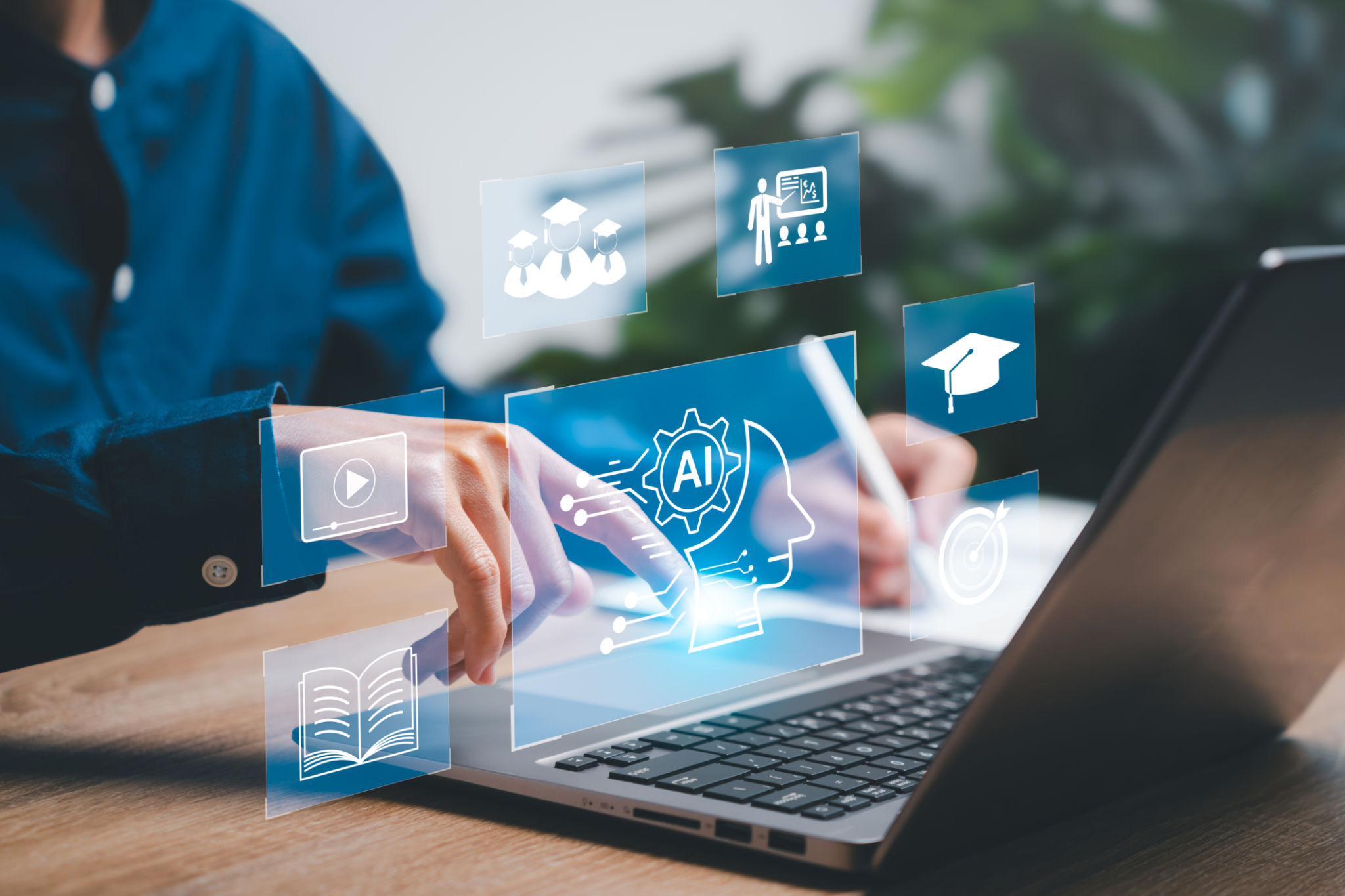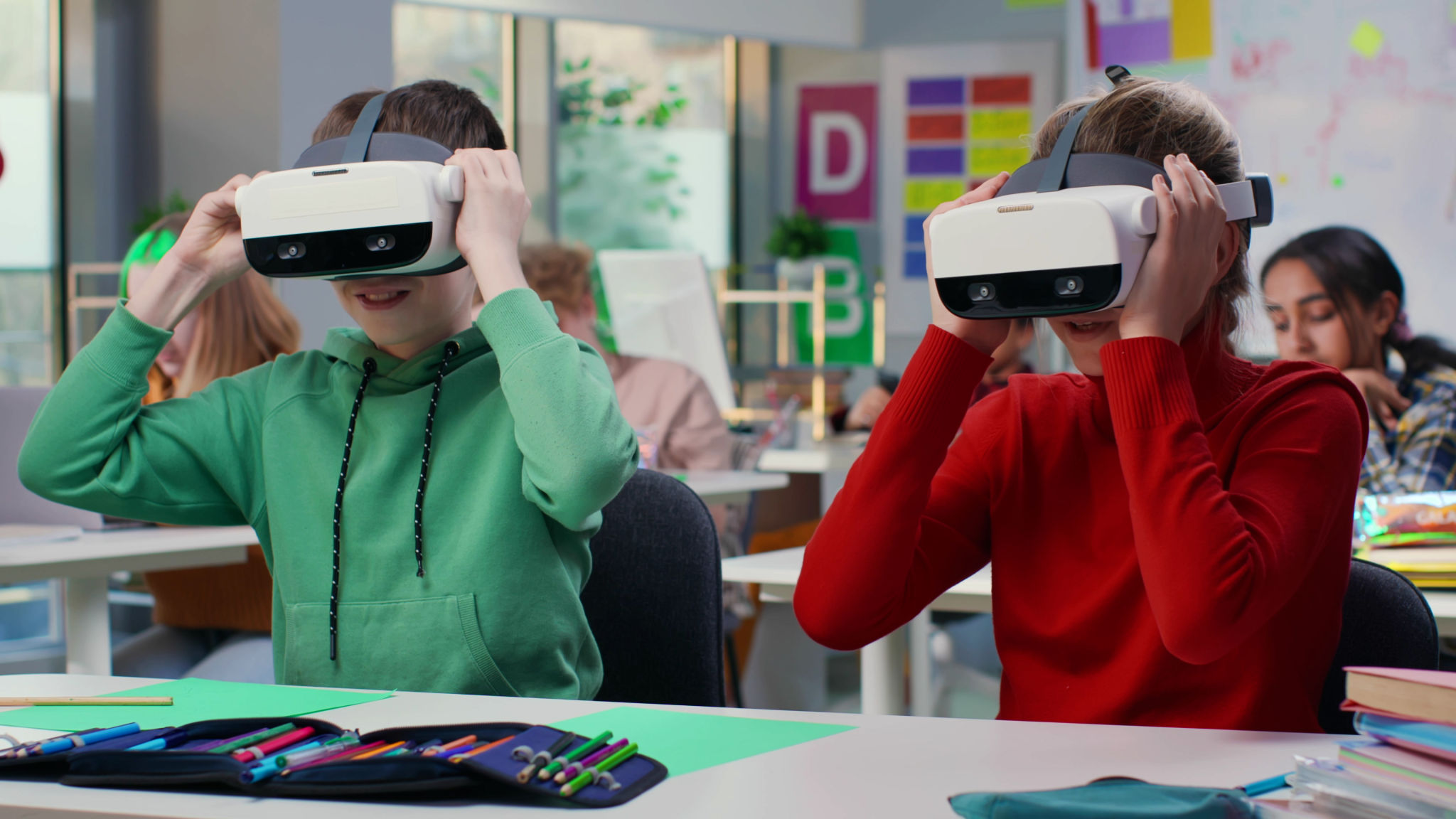Exploring the Latest Trends in Education Technology and Their Impact
Introduction to Education Technology Trends
In recent years, education technology has undergone a significant transformation, reshaping the way educators teach and students learn. The rapid advancement in technology has introduced innovative tools and methods that are enhancing the educational experience. In this blog post, we will explore some of the latest trends in education technology and their impact on the learning environment.
Artificial Intelligence in Education
Artificial Intelligence (AI) is playing a crucial role in modernizing education. AI-powered tools are being used to personalize learning experiences, making education more accessible and tailored to individual student needs. From intelligent tutoring systems to AI-driven analytics, the integration of AI in education is helping to bridge the gap between traditional teaching methods and the future of learning.

One of the significant benefits of AI in education is the ability to provide real-time feedback to students. This instant feedback helps students understand their mistakes and learn more effectively. Additionally, AI can analyze vast amounts of data to identify trends and patterns, enabling educators to make data-driven decisions to improve teaching strategies.
Virtual and Augmented Reality
Virtual Reality (VR) and Augmented Reality (AR) are revolutionizing the educational landscape by providing immersive learning experiences. These technologies allow students to explore complex concepts and environments in a highly interactive and engaging manner. For instance, VR can transport students to historical sites, while AR can overlay digital information onto the physical world, enhancing the learning experience.
These immersive technologies are particularly beneficial in subjects like science, history, and geography, where visualizing concepts can significantly enhance understanding. By incorporating VR and AR into the curriculum, educators can create a more dynamic and engaging learning environment that stimulates students' curiosity and interest.

Online Learning Platforms
The rise of online learning platforms has been a game-changer in education, providing students with the flexibility to learn at their own pace and from any location. Platforms like Coursera, Udemy, and Khan Academy offer a wide range of courses, from academic subjects to professional skills, making education more accessible to a global audience.
These platforms often include interactive elements such as quizzes, discussion forums, and peer assessments, which enhance the learning experience. The ability to access high-quality educational content from top institutions and industry experts has democratized education, allowing learners from diverse backgrounds to gain valuable knowledge and skills.
Gamification in Education
Gamification is another trend that is gaining traction in the education sector. By incorporating game-like elements such as points, badges, and leaderboards into the learning process, educators can motivate students and make learning more enjoyable. Gamification can help to increase student engagement, foster a sense of competition, and encourage collaboration among peers.

Moreover, gamification can be particularly effective in subjects that students may find challenging or less interesting. By turning learning into a game, educators can capture students' attention and make complex topics more approachable. This approach not only enhances learning outcomes but also helps to develop important skills such as problem-solving and critical thinking.
Conclusion
The integration of technology in education is transforming the way we teach and learn. From AI and VR to online learning platforms and gamification, these trends are creating a more personalized, engaging, and accessible educational experience. As technology continues to evolve, it will undoubtedly bring even more innovative solutions to the forefront, further shaping the future of education.
By staying informed about the latest trends in education technology, educators and institutions can leverage these advancements to enhance their teaching methods and provide students with the best possible learning experience. The impact of these technologies is profound, and their continued development promises to make education more effective and inclusive for all learners.